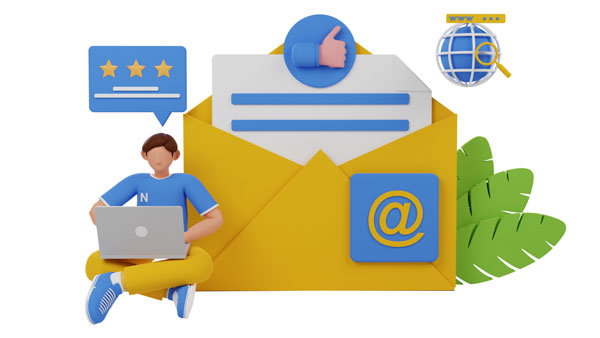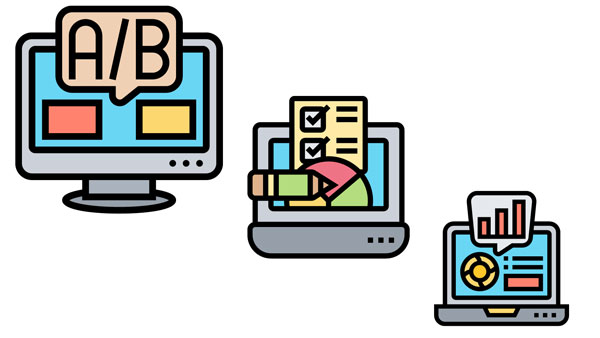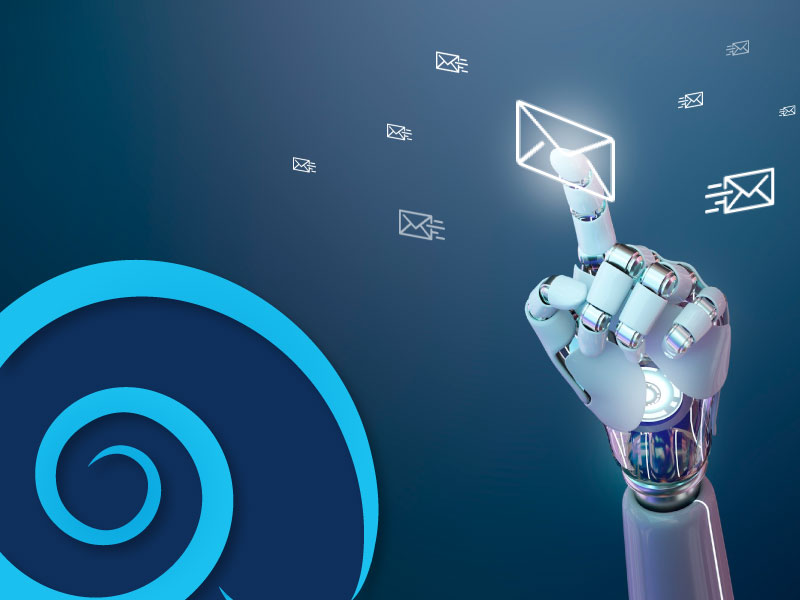Despite receiving at least 100 emails every day, most people don’t read them all. Email subscribers have the option of checking their inboxes for emails marked as spam or deleting them completely.
So, how can you stand out in a sea of competitors? How would you create an email campaign that compels customers to interact with you? Standing out from the crowd is the first step in a successful email marketing campaign, but it’s equally easy to fall behind and send emails that get flagged as spam.
Necessity of email marketing automation
Nautilus mail frequently contacts marketers, product managers, and customer experience (CX) professionals, and we’ve seen that the majority of these professionals have a very clear idea of what they want to accomplish by automating their marketing efforts.
Some are even certain of their route. But for many, the ROI on email marketing is out of reach since they do not utilize a proper marketing automation platform.
It’s not completely their fault though. Although many marketing automation systems are available, not all of them offer proper instructions or guidelines to utilize their software.
When utilized appropriately, marketing automation solutions can be quite effective in automating a wide range of processes for your customer care, sales, and marketing departments. But immense power also entails great responsibility.

Top Email Marketing Strategies that Brings Conversion
Your ultimate objective should be to transition your clients from the initial stage to the commitment stage as you develop your marketing automation plan. More people may be moved from one segment to another with the use of marketing automation. Here are the top strategies to bear in mind when you create email automation campaign:
1. Put data in the spotlight and create a robust data culture
A data-driven marketing strategy is crucial if your goal is hyper-professionalization and you want to target the appropriate consumers with the correct messaging at the right time. You must first gather as much data on your users as you can in order to create a successful data culture.
Afterward, generate user attributes that will assist you in subsequently segmenting these people. Your campaigns will see increased engagement rates with more tailored communications.
The flow of data is the next item you should take into account. Your marketing automation platform needs data to flow from your current data system and recommendation engines, sending that data back whenever your users have responded to your messages or taken the appropriate actions.
Your goal is to make integration less complicated.
Better than on-premise or in-house solutions is a SaaS platform that makes use of APIs.
This has a significant cost benefit.
Additionally, a dedicated platform will keep you informed about the newest features rather than requiring you to submit a feature request and go through the laborious process of having an internal tech team construct the feature from start.
It’s simply quicker.
2. Determine the phases of the purchasing process
For instance, during the consideration stage, a user may visit your product page, add certain items to their shopping cart but decide not to make a purchase, add items to their wishlist for later, read online user reviews, watch unboxing videos on YouTube, or visit rival websites and carry out the same actions there.
Send them a reminder automatically within two hours if a consumer adds a product to their basket but does not complete the purchase, or display adverts for the product on your platform to users who are looking for it on Google. You must adopt a multi-channel plan to target people at each of these touch-points if you want to move them from the contemplation stage to the buying stage.

Making an ideal customer persona and an ideal buying experience is the best approach to get started. Make a thorough inventory of all the touch-points where you may interact with your clients and consider all the variants that could arise from this purchase process.
After that, develop automation rules for each of these touch-points while keeping exceptions in mind. Show welcome discounts, for instance, to users who are visiting a product page for the first time.
3. Make small audience segments for a more focused communication strategy
Not every one of your users will be drawn to the same items. And clogging a customer’s inbox with irrelevant and unwelcome emails is one of the easiest ways to lose them. For instance, you might not want to invite a subscriber who lives six states away to an on-ground/offline event. You should thus segment your user base to prevent those scenarios.
By segmenting, you may organize your audience into more focused, independent, and manageable groups. By meeting their unique demands, it enhances user retention and aids in the collection of additional user data. Customers are frequently divided based on:
- Demographics
- Regional Details
- Purchasing History
- Engagement Statistics
It would take a lot of time to look over each consumer manually. However, segmentation may be carried out quickly and in actuality with live segmentation thanks to marketing automation. Recall the earlier discussion we had about the data culture. You may incorporate different user features and make segments that are tailored to your campaigns’ goals.
4. Start making each channel noteworthy
Even while you have a wide range of channels at your disposal for connecting with your consumers, you don’t necessarily need to use them all to inform your audience about impending deals, new features, or other updates.Sometimes a straightforward push notice or even an in-app message is sufficient.
Only one of two outcomes will result from excessive notifications:
- Either your users will get immune to your messages and ignore you completely.
- They will lock all doors, making it impossible for you to communicate with them.
Use the channel advice stated previously to choose the channels that are most appropriate for your campaigns to avoid this.
Like a general guideline, we advise using one channel at a time and keeping the others available as a backup.
You may try sending an SMS or push notice to a user if you can’t reach them by email, for instance.
However, none of the three should be done at once.
If you are planning a significant event that calls for an active communication approach, such as a quick sale or a meet and greet event, you may be able to make a special exception to this criteria.

5. Provide a highly customized UX
Last but not the least, make sure that each user receives unique material. Personalize your emails by including the data that will connect with users the most. When compared to communications that only feature first and last name customization, factors like tailored product suggestions, notifications, promotions and updates enhance conversion rates by three times.
Establish a guideline for communications and give your marketing automation platform the spotlight. A marketing automation software may intelligently incorporate data from your data systems and recommendation engine into your interactions, making each one of your consumer interactions tailored or personalized.
A/B Testing in Email Marketing Automation
The best way to increase conversion rates is through A/B testing. Although experimental, such tactics could indicate what’s working and what’s not for your business. A/B testing is crucial to raising conversion rates because of this. There are several tools that may assist you in beginning your A/B testing experiments if you own an internet business.

Conclusion
Email Marketing Automation saves time, aids in the development of enduring customer connections, and increases return on investment. Email marketing automation blends the advantages of marketing automation with the effectiveness of email marketing.
Additionally, email marketing automation offers comprehensive customer data you can use across your campaign to boost conversions and increase client retention.

